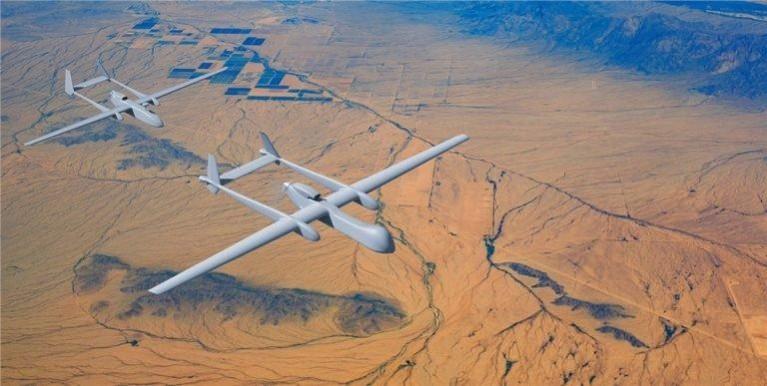China has delivered five CH-4 unmanned aerial vehicles to its all-weather friend, Pakistan. Media reports in Pakistan have argued that the first consignment of drones supplied by China may have been intended for the purpose of research. These CH-4 drones have been learned to be equipped with air-to-ground missiles and can be used as a close-fighting weapon, particularly when targets that do not have drone detection technology are used.

As a CH-4 operator, Pakistan has joined Iraq, Saudi Arabia, the United Arab Emirates (UAE), Myanmar, and Jordan. It is uncertain whether the CH-4A or CH-4B was ordered by Pakistan. If the CH-4B is used, the Pakistan Army will acquire another armed drone for unmanned combat operations (in addition to its Burraq series). A maximum take-off weight (MTOW) of 1,300 kg is reportedly available for the CH-4. The CH-4 is capable of carrying up to four munitions (weighing 50 kg each) plus an electro-optical and infrared (EO/IR) turret, according to ALIT. It has 40 hours of recorded endurance and a cruising speed of 180 knots.

How is India preparing for drone warfare?
As the recent Armenia-Azerbaijan clash showed how traditional warfighting machines can fall prey to armed and Kamikaze drones, the armed forces are betting heavily on drone capabilities. Two American drones have recently been leased by the Navy, while the Army has just entered into a nearly Rs 140 crore deal with an Indian company for specialized high-altitude tactical drones for Ladakh operations. The current Indian drone fleet includes unarmed UAVs from Israel, Heron, and Searcher, which are used for reconnaissance, surveillance, and intelligence gathering. The IAF also has a fleet of Israeli Harpy UAVs that are self-destructing and can target enemy radar positions.

Moreover, the Defence Research and Development Organization (DRDO) has been developing indigenous drones for the country's tri-services Indian Army, Indian Navy, and the Indian Air Force. Rustom-I and Rustom-II are under development and expected to join defence forces in the coming years. There are three variants of Rustom including Rustom-I, Rustom-H, and Rustom-II.

















